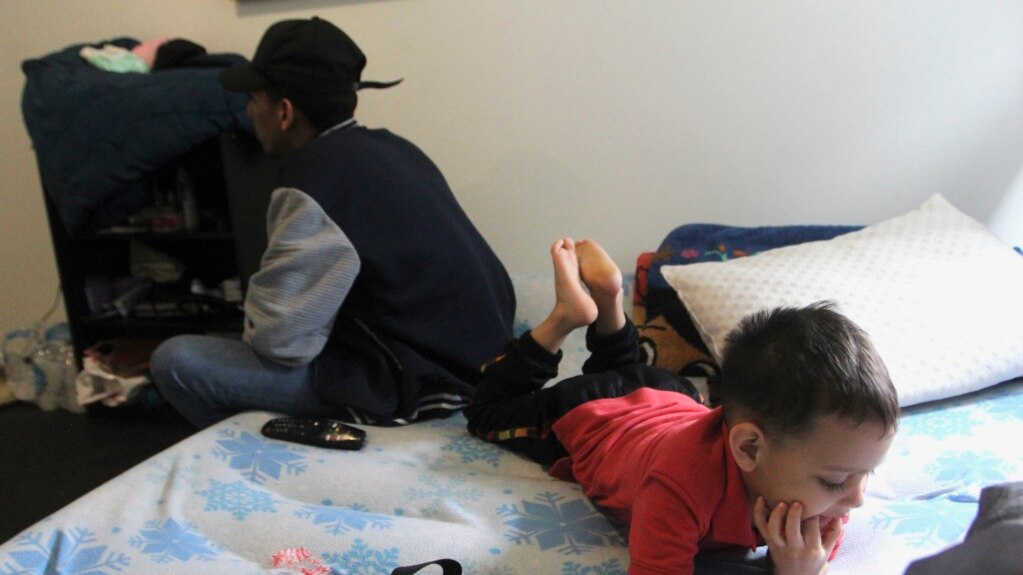Barbara Peraza-Garcia is from Venezuela. She lives in a single-room apartment in Seattle, Washington with her family.
The family includes her partner and their two small children.
They do not have much space, only 17 square meters. But they are happy for now.
“It’s warm. We can cook (for) ourselves. We have a private bathroom. It’s quiet,” she said. “We can be here as a family now.”
Peraza-Garcia and her family left Venezuela to escape crime and so she could receive medication for a kidney problem.
They can only pay for a small living space, but it is less costly than most small living spaces in American cities. It is $900 per month, but that is about $500 less than traditional small apartments known as studios, which are slightly larger.
Most single-room apartments in the United States disappeared after the end of World War II when many people left cities for new suburbs. The Furman Center is part of New York University. It supports research into real property and city policy. It produced research that showed New York City lost 70,000 single room housing units between the first part of the 1900s and 2014.
At the same time, real estate companies built new city housing, but the developers did not center their work on small living spaces. In recent years, single people needed to find roommates and share two- or three-bedroom apartments in cities if they did not have much money.
Now, however, many American cities are worried about increasing living costs and homelessness. The small living spaces, known as single room occupancy units, once called SROs, are becoming common again. They are being called “micro-apartments.”
New York, Seattle and Portland, Oregon are putting money into smaller living spaces. New York’s governor, Kathy Hochul, announced a $50 million plan to repair and renovate 500 SROs across the state.
In Portland, a group called Central City Concern supervises about 1,000 SROs and makes them available at a very low cost to people who might otherwise be homeless. They are $550 per month.
Cheyenne Welbourne moved into one of the units last year after years of living on the street. The room is only big enough for a small bed, a television, a chair and a toilet and sink. But it means Welbourne, as he said, can have “a nice home, a decent home.”
When he moved into the apartment, all he had was one bag and he was glad he did not have to spend another winter outside. “I just want a home, you know?” he said.
The small units are good for single people, but some experts worry that not enough is being done for families. Marisa Zapata is a land-use professor at Portland State University. Zapata said she worries that governments and planners will see the SROs as a “solution, and not do right by our community members by building the housing that people want.”
But Vicki Been, a law professor and a director at the Furman Center, said she hopes the work being done in places like Portland and Seattle will help other cities understand there is still a need for simple housing.
“The alternatives are...people being in shelters, people being on the street, people being doubled, tripled, quadrupled up,” said Been.
Even if the Peraza-Garcia family would like more space, Barbara said she is happy. Her kids get to live near their relatives, and they can be close to food stores and green spaces to play in. She said the family will work to save some money and try to get better jobs during the next year. If that works, they can move to a bigger place.
“We’re happy because we’re here in a quiet place where we can be together as a family,” she said.
I’m Dan Friedell.

